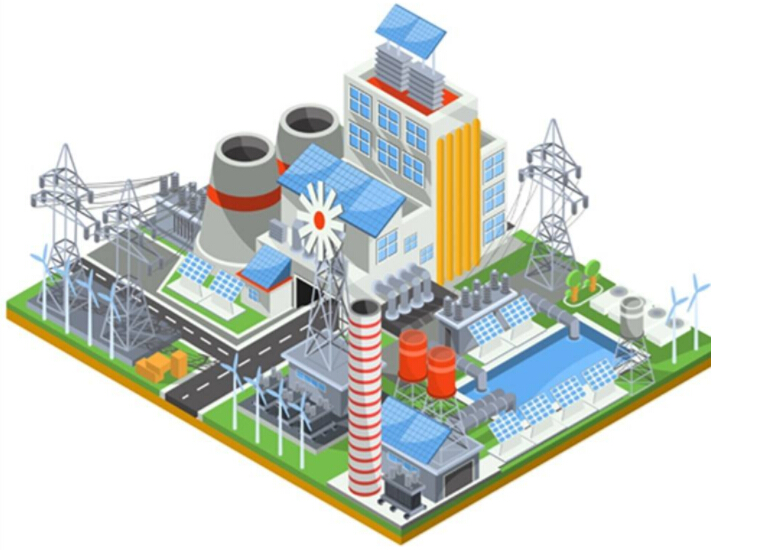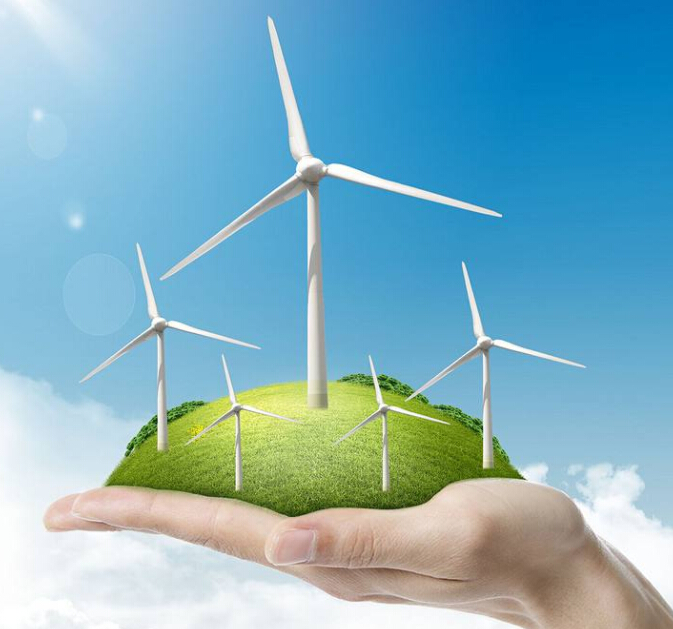By 2050, more than two-thirds of humans will live in cities, and scientists and technology companies are looking for new ways to generate electricity from renewable sources in a built environment.
In the future, our office windows will be able to harvest energy through the sun, while the lampposts on the streets store electricity in concrete.
When the vehicle is whizzing past, the vertical wind turbine will rotate to generate energy. Sidewalks and roads will generate a small amount of energy from commuters, buses and trucks. Unmanned taxi fleets will return excess energy to the grid, and cities will often use the energy they consume more efficiently.
At least, this is the energy vision of many technologists, environmentalists, and city planners. But is it really a reality?
The development of new materials has shown a brighter future.

Use KGP cement mixture to store and transfer electrical energy
A cement mixture made from power station waste can turn a building into a battery. These potassium sol (KGP) composites are cheaper than ordinary cement and can store 500 watts per square meter.
The researchers say that ordinary street lights consume 700 watts per night, and the 6-meter-high lamp post made by KGP and equipped with small solar panels can store enough power for the entire night.
Concrete lampposts can be turned into batteries to store the power needed to work overnight
Can these small cement blocks provide electricity to future cities?
Buildings built with extensive KGP can also be used to store and release excess electrical energy to help meet the needs of the city's power grid.
Solar energy is the most common energy source in the city
New materials also help make solar panels cheaper and more cost effective. Solar energy is the most common renewable energy source in the city, and its power generation costs continue to fall, from about £3 per watt a decade ago to £0.4 today.
In the UK, more than one-third of companies have started generating their own electricity, mainly using rooftop solar panels. However, the production of silicon-based solar panels requires a lot of energy, it requires temperatures above 1400 degrees Celsius, and the purity of silicon must reach 99.9999%.
However, Professor Padul and his team are currently working on a method to replace lead with titanium.
He said: "Titanium is very common, but no one wants to replace it with lead in perovskite solar panels. We are not going to replace the existing silicon technology, but we hope to push it forward."
Vertical wind turbines on both sides of the road become a city landscape
Wind energy is another of the most common renewable energy sources, and traditional turbines do not work well in the construction area because the wind direction varies greatly.

Vertical wind turbines on the streets of Istanbul
Attempts to photovoltaic power generation roads have been ongoing
But not all urban energy extraction projects have commercial significance. For example, in France, engineering company Colas has opened up photovoltaic roads across the country, as well as the United States and Japan.
Colas has laid a single lane of nearly 1 km in Normandy with an investment of 4.3 million pounds. The cost of a 1.6km two-lane road built in the United States is £3.8 million.
Another question is how strong their energy production capacity is. Solar panels are placed flat on the ground, not toward the sun, and may be affected by traffic jams, sometimes covered with snow, mud or water.
An energy-capture road that allows cars and pedestrians to produce energy
Another technique that is difficult to justify commercially is piezoelectric technology. If you squeeze some materials, such as quartz, you can pass current through them. Therefore, cars and trucks can generate electricity by driving on a special road equipped with piezoelectric devices. Pedestrians can also do this on a special sidewalk.
In 2009, the Israeli company Innowattech experimented with the capture road, and now the US Pyro-E company is also showing similar technology on a small road in Fresno, California. However, although this is technically feasible, the current cost is prohibitively high. Some people have found through calculations that the construction of a 1 km long two-way energy-capture road in the United States requires 13,000 piezoelectric devices, which will increase the construction cost by 307,000 pounds. Even if you don't consider manufacturing or installation costs, it takes about 12 years to earn back the money.
Some people have found through calculations that the construction of a 1 km long two-way energy-capture road in the United States requires 13,000 piezoelectric devices, which will increase the construction cost by 307,000 pounds. Even if you don't consider manufacturing or installation costs, it takes about 12 years to earn back the money.
















 RCCN WeChat QrCode
RCCN WeChat QrCode Mobile WebSite
Mobile WebSite
